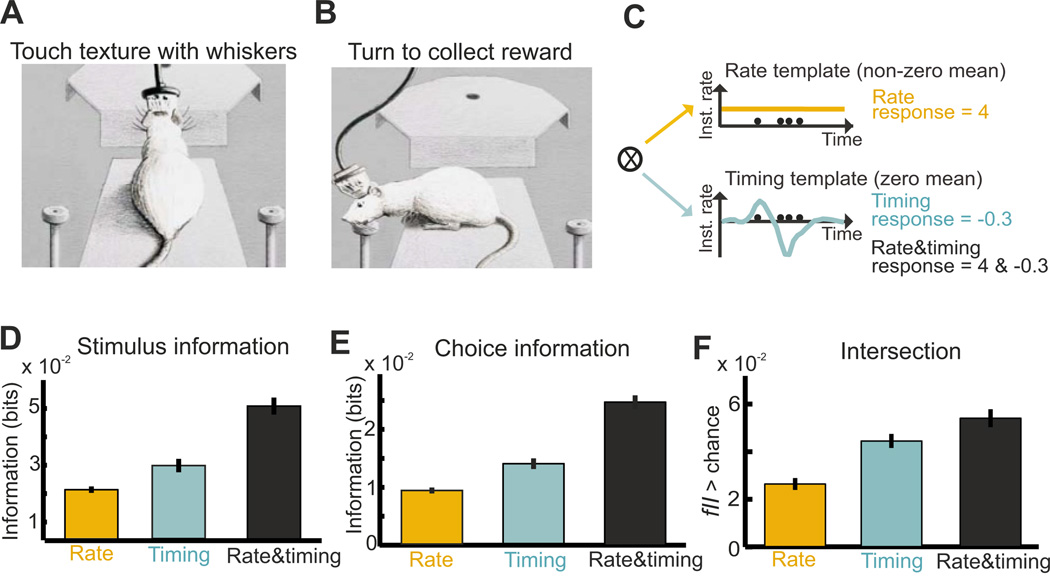Figure 6. Examples of statistical intersection measures in a texture discrimination task.
This figure shows how spike timing and spike count in primary somatosensory cortex encode textures of objects, and how this information contributes to whisker-based texture discrimination. A–B) Schematic of the texture discrimination task. A) On each trial, the rat perched on the edge of the platform and extended to touch the texture with its whiskers. B) Once the animal identified the texture, it turned to the left or the right drinking spout, where it collected the water reward. C) Schematic of the computation of spike count and spike timing signals in single trials. D–F) The mean ± SEM (over n=459 units recorded in rat primary somatosensory cortex) of texture information (D), choice information (E), and fraction of intersection information fII (F). Modified with permission from (Zuo et al., 2015).

